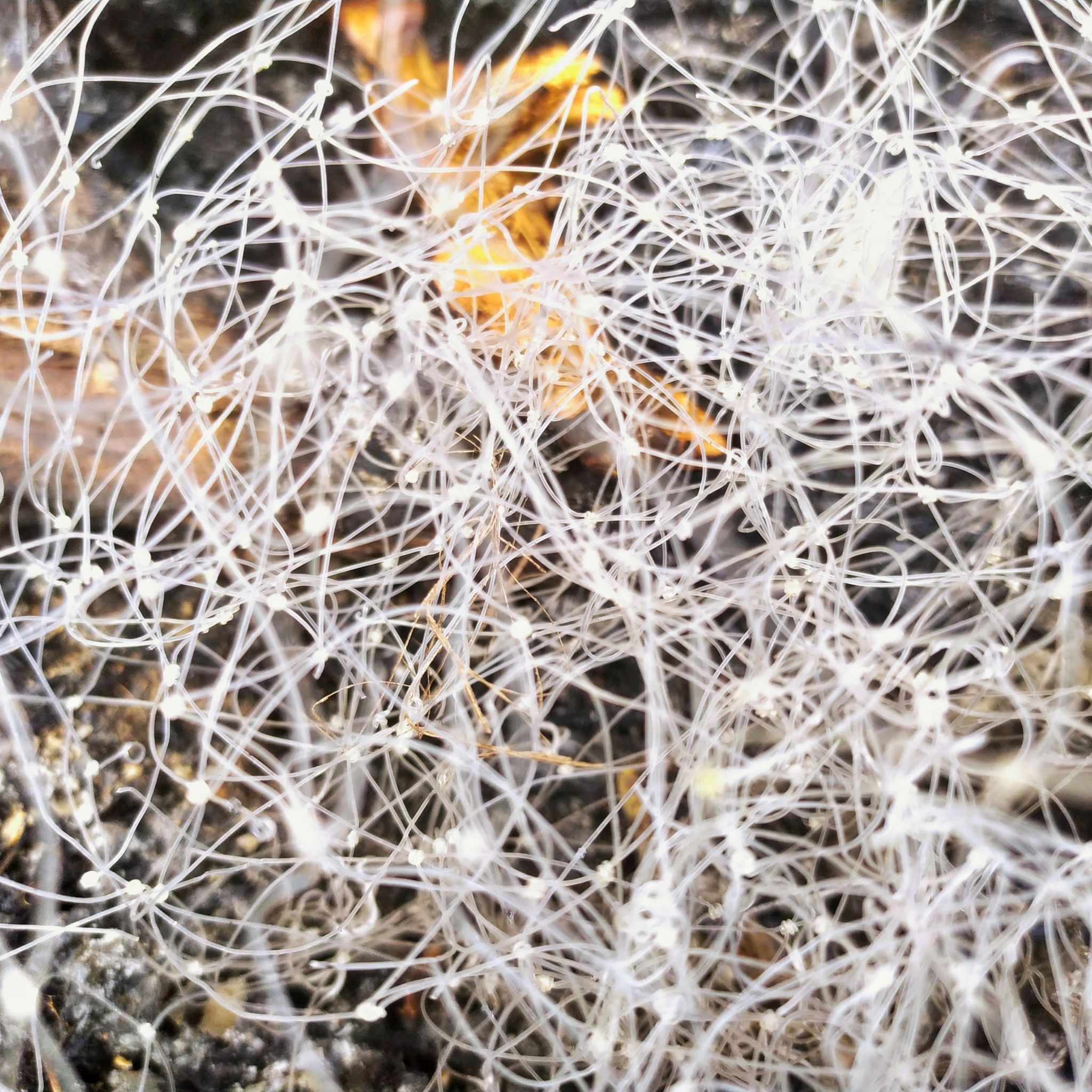How Mycorrhizae Enhance Nutrient Absorption in Your Garden
Understanding Mycorrhizae
Gardening enthusiasts often seek ways to improve the health and productivity of their plants. One of the most effective methods is through the use of mycorrhizae, which are beneficial fungi that form a symbiotic relationship with plant roots. These microscopic organisms can dramatically enhance nutrient absorption, leading to healthier and more robust plants.
Mycorrhizae are naturally occurring fungi that colonize plant roots, extending far into the soil with their network of hyphae. This relationship is mutually beneficial: while the plants provide the fungi with carbohydrates produced through photosynthesis, the fungi help plants access nutrients that are otherwise difficult to reach. This collaboration is essential for optimal plant growth and development.

The Role of Mycorrhizae in Nutrient Uptake
One of the most significant advantages of mycorrhizal fungi is their ability to enhance nutrient uptake. They increase the surface area of plant roots, allowing them to absorb more water and nutrients from the soil. This is especially important for obtaining phosphorus, a nutrient that is often present in limited quantities in many soils.
Moreover, mycorrhizae assist in the absorption of other essential minerals such as nitrogen, zinc, and copper. Their extensive hyphal networks penetrate deep into the soil, accessing nutrients that plant roots alone cannot reach. This means that plants with mycorrhizal associations often require less fertilizer, as they are more efficient in utilizing available soil nutrients.
Improving Soil Structure and Health
Beyond nutrient uptake, mycorrhizae play a crucial role in improving soil structure and health. Their hyphae help bind soil particles together, enhancing soil aggregation and creating a more stable soil environment. This improved structure facilitates better water infiltration and reduces erosion, leading to healthier plants and more sustainable gardening practices.

Mycorrhizal fungi also contribute to the soil's organic matter content through their life cycles. As they grow and decompose, they add nutrients back into the soil, enriching it for future plant growth. This process not only benefits the plants but also supports a diverse range of soil organisms, promoting a balanced ecosystem within the garden.
How to Introduce Mycorrhizae to Your Garden
Incorporating mycorrhizae into your garden is relatively simple. Many garden centers offer mycorrhizal inoculants that can be applied directly to seeds, seedlings, or existing plants. These products contain spores of beneficial fungi that will quickly establish themselves in your garden soil.
- Apply mycorrhizal inoculants during planting or transplanting for best results.
- Ensure the product comes into contact with plant roots for effective colonization.
- Avoid using fungicides that may harm these beneficial organisms.

The Long-Term Benefits
The benefits of mycorrhizae extend beyond immediate nutrient absorption. Over time, gardens with healthy mycorrhizal populations tend to have improved plant resilience against environmental stresses such as drought and disease. Plants become more robust and are better equipped to thrive under various conditions.
Additionally, gardens enriched with mycorrhizae often exhibit greater biodiversity. The fungi support a wide range of other beneficial microorganisms, contributing to a thriving ecosystem that can support diverse plant life.
Conclusion
Incorporating mycorrhizae into your gardening practices can significantly enhance nutrient absorption and improve overall plant health. By fostering this symbiotic relationship between fungi and plant roots, gardeners can achieve more productive and resilient gardens with less reliance on chemical fertilizers.
Whether you're an experienced gardener or just starting out, understanding and utilizing mycorrhizae can lead to a flourishing garden filled with vibrant and healthy plants.
